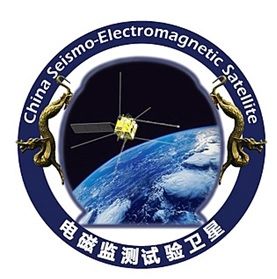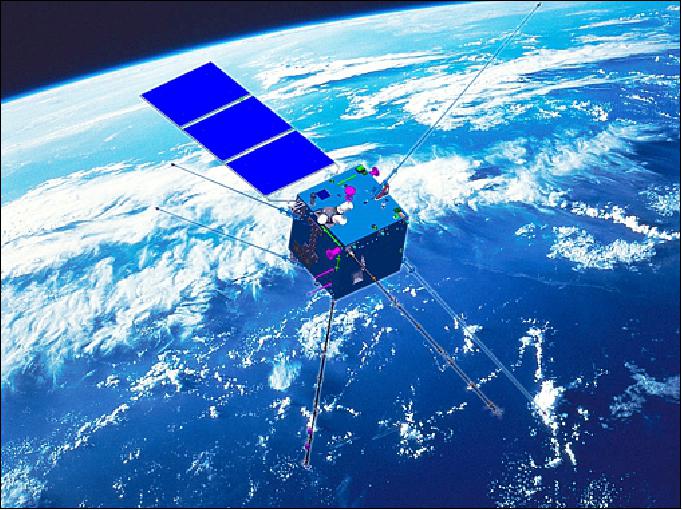
CSES (China Seismo-Electromagnetic Satellite) is a scientific space-borne mission, a cooperative venture involving the China National Space Administration (CNSA), the Italian Space Agency (ASI), the National Institute of Natural Hazards (NINH), and the Italian National Institute for Nuclear Physics (INFN), alongside several leading Chinese and Italian universities and research institutions.
The main goal of the mission is to study ionospheric perturbations potentially associated with earthquakes—particularly the most powerful ones—and to explore new approaches for both long- and short-term earthquake forecasting. The mission also aims to enhance theoretical understanding of the mechanisms involved in earthquake preparation.
The program employs innovative techniques and configurations to collect global data on the near-Earth space environment, focusing on electromagnetic fields, plasmas, and energetic particles, and highlighting their interrelations.
The CSES-01 satellite, based on the three-axis attitude-stabilized Chinese CAST2000 platform, was launched on February 2, 2018, into a 98° Sun-synchronous circular orbit at an altitude of 500 km. It carries nine instruments: two magnetometers, an electric field detector (EFD), a plasma analyzer, a Langmuir probe, a GNSS occultation receiver, a tri-band beacon, and two particle detectors—HEPP (High Energy Particle Package) and HEPD-01 (High Energy Particle Detector). HEPD-01 was developed in Italy and integrated at the INFN laboratories of Rome Tor Vergata.
HEPD-01 has contributed significantly to the study of particle propagation in the heliosphere, including the processes involved in Solar Energetic Particles (SEPs), Forbush decreases, and medium-to-high-intensity geomagnetic storms. Its four years in orbit enabled a precise assessment of Earth’s radiation belts and their spatiotemporal stability, along with valuable observations of several powerful Gamma-Ray Bursts (GRBs).
In mid-2025, a second satellite—CSES-02—with an onboard suite of eleven instruments is scheduled for launch. Two of these payloads, HEPD-02 and EFD-02, have been developed by the Italian Limadou collaboration under the leadership of INFN. These instruments will expand the mission’s capabilities and pave the way for a future network of multi-purpose satellites in low Earth orbit.

References
[1] https://iopscience.iop.org/article/10.3847/1538-4365/ab276c













































































































